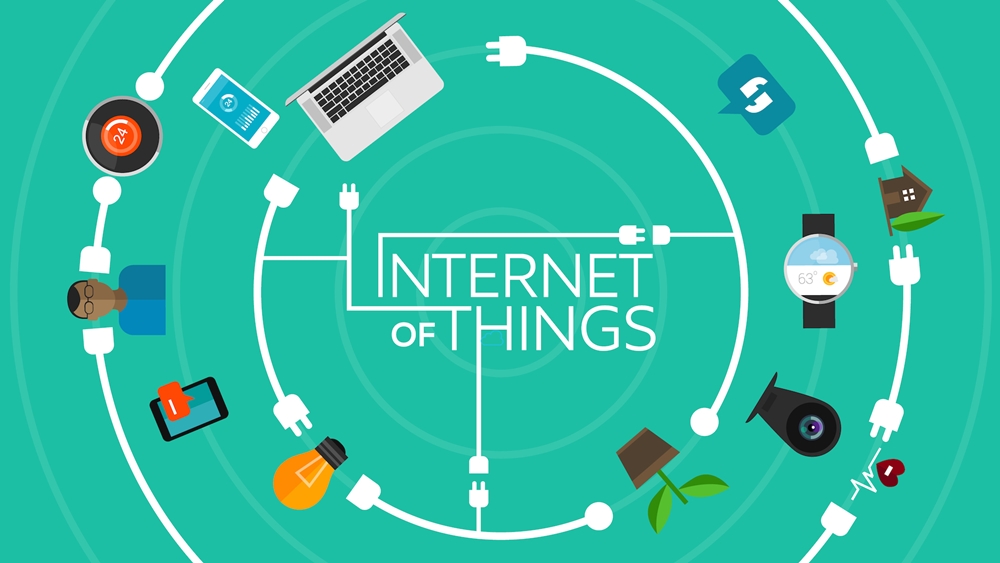(Left) Apu Kumar
Founder & CEO, LotaData
(Right) Roger Holenweger
Principal Engineer, LotaData
Getting to the Ground Truth about GeoMarketing. LotaData is a 2-year new company in San Francisco, California. They pioneered the field of “People Intelligence”. LotaData harnesses the power of AI to provide geo-analytics and deep insights for the connected mobile world. We got chatting with their Founder & CEO, Apu Kumar and their Principal Engineer, Roger Holenweger about the inner workings of location-based intelligence. Their technical chops and domain expertise were on full display as we got deeper into the subject matter.
Html code here! Replace this with any non empty text and that's it.
MTS: How can brands and agencies get access to quality location data for geo-marketing?
Apu and Roger: Location data is becoming an increasingly important source of real-world context and geo-insights for the martech industry. There are many sources of mobile location signals. Listed below are some of the common sources of data, with merits and weaknesses.
– Mobile Apps or Publishers
Embedding SDKs or APIs in mobile apps can be a source of accurate GPS, Wifi and BLE beacon-based location signals. This method of sourcing location data necessitates a reasonably large portfolio of apps to create a statistically meaningful panel. In terms of data quality, mobile apps are the best source of data for inferring geo-behaviors at the individual and aggregate levels.
– Programmatic Networks
Ad exchanges, DSPs, and large programmatic networks can be a real-time source of GPS and Wifi location signals. Unfortunately, 25-30% of data derived through such sources tends to be imprecise or inaccurate and needs to be discarded. With machine intelligence, it is possible to sift through the noise and cleanse the data to yield meaningful geo-behaviors.
– Connected Automobiles
The proliferation of 2.5G and 3G connections in automobiles has made them a significant source of GPS location signal streams. The location signals tends to be aligned with roadways and freeways, making it the best data source to understand the transportation dynamics in cities and towns. New techniques in machine intelligence can unveil interesting patterns and geo-behaviors hidden in vehicular location data.
– Telco Network Operators
Telcos or mobile network operators have captive subscriber bases that can provide an endless source of location signals. The bulk of data collected through telcos tends to be from cell tower triangulation, a technique that results in coarse granularity. Lack of GPS level accuracy and precision from telcos reduces the efficacy of this location data source.
– Location Data Management Platforms
LDMPs are independent entities that collect, organize and archive the world’s location data. These are the most expansive and reliable source for location signals. Most LDMPs will cleanse, structure, analyze and verify the raw location signals as part of their standard service offering. Some LDMPs may also transform the raw location signals into actionable dwell times, accurate user profiles, geo-behaviors and packaged cohorts.
MTS: How does the industry ensure that location data is privacy compliant?
Apu and Roger: There is no substitute for full disclosure. Location data should be collected with adequate notice to and full permission from end users.
Mobile apps, publishers, programmatic networks, LDMPs should take the utmost care in how they source, manage and transmit location data. People must be made aware of any personally identifiable information (PII) that may be collected along with the location signals from their mobile devices.
The typical tuple of [ latitude, longitude, and timestamp ] is not considered as PII in most countries. In the EU however, that may change with the advancement of the General Data Protection Regulation (GDPR).
MTS: Is there a role for machine learning and AI in the location intelligence industry?
Apu and Roger: The geo-marketing industry believes that location signals by their very nature represent the ground truth.
One often hears claims that location signals collected from mobile devices reveal the exact places visited by people, their affinity toward certain brands, where they shop, dine, party, work, or even live.
Statements like the above often spook people into imagining that big brother is tracking their every move in the most intrusive manner. The truth is far from it.
A high quality source of location signals might pick up a handful of locations each day from a person’s mobile device. This typically represents less than 10% of the actual geo-movement or foot falls of that person.
And that is where Machine Learning and AI come into play. There is the need for inferring and predicting a person’s geo-behaviors, likes and dislikes, intent and inclination, with access to a very limited set of location data.
LotaData has been at the bleeding edge of using machine learning for geo-marketing. GeoDash is the AI-powered location intelligence solution from LotaData. GeoDash is available to mobile developers, telcos, programmatic exchanges, and smart cities.
MTS: We often hear about panel-based insights. What exactly are panels?
Apu and Roger: A panel is a cohort of people that are willing to share data with a commercial entity. The large majority of location intelligence providers employ panels to collect data
Most panels are incentivized by the provider. In other words, the end user is compensated by the provider to share data about their mobile behaviors. By definition, this creates an inherent bias in behaviors.
The most sought-after panels are based on meaningful value-exchange resulting non-incentivized behaviors. End users share data with the mobile app in return for personalized and contextual content. In other words, end users share data about themselves in order to improve their in-app experience.
MTS: What is an adequate panel size or sample size to represent a city or region?
Apu and Roger: The typical population survey uses a panel or sample sizes of 1%. For San Francisco (population 8,500,00), that translates to 8500 people.
If that number were to be increased to 2% or 17000 people in San Francisco, one can expect to reach 98% confidence levels in the geo-behavioral observations, with 1% confidence interval.
To get to 99% confidence with 0.5% interval, one would need a panel size of 600,00 people or 7% of the population of San Francisco. Reducing the interval to 0.1% requires a 10x larger sample of 6,000,00 people or approximately 70% of the population.
LotaData recommends that the geo-marketing industry should set the bar at 7% of the population for statistically relevant panels. That said, we always strive for our panel inventory to exceed 10% of the population, to be able to infer meaningful geo-insights from location data.
MTS: Thanks for chatting with us, Apu and Roger.
Stay tuned for more insights on marketing technologies. To participate in our Tech Bytes program, email us at news@martechseries-67ee47.ingress-bonde.easywp.com











